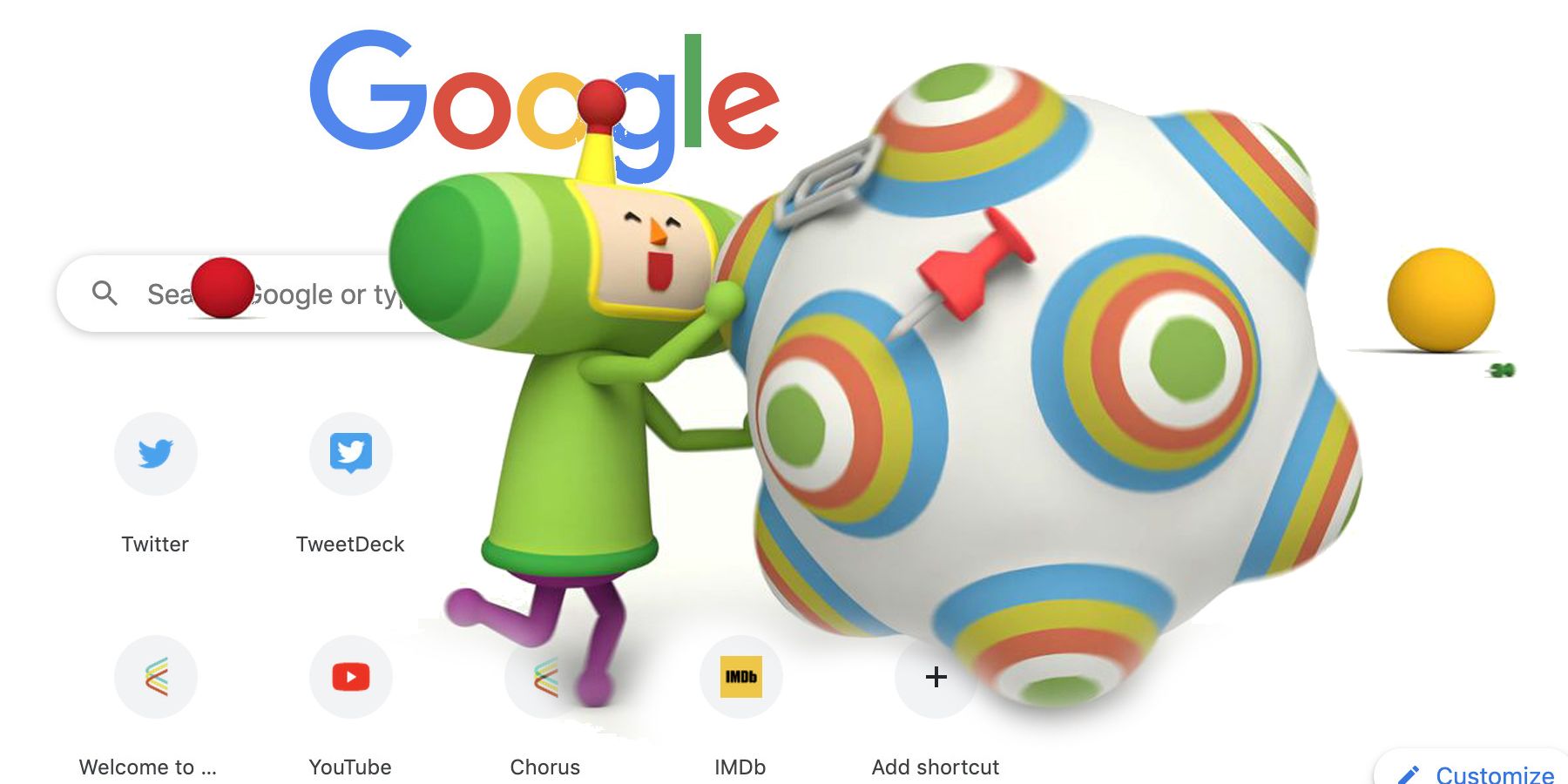
Enhancing SEO with Google's Infini-Attention

Discover how Google's innovative Infini-Attention feature seamlessly integrates with current models, enhancing the effectiveness of Google's core algorithm for improved SEO results.
Google has released a research paper on a new technology called Infini-attention. This technology enables Google to process large amounts of data with "infinitely long contexts." It can also be easily integrated into other models to enhance their capabilities.
For those interested in Google's algorithm, the plug-and-play feature of Infini-attention is important. It can be seamlessly inserted into various models, including those used in Google's core algorithm. Additionally, the concept of "infinitely long contexts" in Infini-attention could have implications for updating some of Google's search systems.
The name of the research paper is: Leave No Context Behind: Efficient Infinite Context Transformers with Infini-attention
Memory Is Computationally Expensive For LLMs
Large Language Models (LLM) have limitations on the amount of data they can process at once due to the increasing computational complexity and memory usage. Infini-Attention addresses this issue by enabling LLMs to handle longer contexts without requiring excessive memory and processing power.
The research paper elaborates on this concept:
Memory is essential for intelligence as it helps in making computations suitable for different situations. However, Transformers and Transformer-based LLMs have limited memory that is dependent on the context, because of how the attention mechanism works.
Expanding LLMs to handle longer sequences, such as 1 million tokens, is difficult with the usual Transformer designs. It also becomes more expensive to use longer context models.
The research paper also discusses another point:
"Existing current transformer models struggle with processing long sequences because the computational and memory costs increase quadratically. Infini-attention is designed to tackle this scalability challenge."
Infini-attention's Ability to Handle Long Sequences with Transformers
The researchers believed that Infini-attention has the capability to efficiently process very long sequences using Transformers without the need for additional computational or memory resources.
Three Key Features
Google's Infini-Attention addresses the limitations of transformer models by introducing three key features. These features help transformer-based LLMs to process longer sequences without running into memory problems. Additionally, they allow the models to leverage context from the beginning of the sequence and connect it with context further down the line.
Compressive Memory System
Long-term Linear Attention
Local Masked Attention
Compressive Memory System
Long-term Linear Attention
Infini-attention utilizes a compressive memory system to efficiently store data. This system compresses older information as new data is added, reducing the space required for storage.
Infini-attention utilizes "long-term linear attention mechanisms" to help the LLM process data from earlier in the sequence. This is crucial for tasks that involve a broader context of data. It's similar to discussing a whole book by considering all the chapters and explaining how the first chapter connects to a chapter in the middle.
Local Masked Attention
Infini-attention not only includes long-term attention but also incorporates local masked attention. This type of attention focuses on processing nearby (localized) sections of the input data, which is beneficial for generating responses that rely on the closer parts of the data.
Combining the long-term and local attention together helps solve the problem of transformers being limited to how much input data it can remember and use for context.
The researchers explain:
Results Of Experiments And Testing
The Infini-attention combines a compressive memory with the vanilla attention mechanism. It also includes masked local attention and long-term linear attention mechanisms in one Transformer block.
Infini-attention was tested with regular models to compare performance on tasks involving long input sequences. These tasks included long-context language modeling, passkey retrieval, and book summarization. Passkey retrieval is a test where the language model must find specific information within a very lengthy text sequence.
Here are the three tests:
Long-context Language Modeling
Passkey Test
Book Summary
Long-Context Language Modeling And The Perplexity Score
The researchers found that models with Infini-attention performed better than baseline models. They also discovered that increasing the training sequence length led to even greater improvements in the Perplexity score. Perplexity score is a metric used to measure language model performance, where lower scores indicate better performance.
Infini-Transformer surpasses Transformer-XL and Memorizing Transformers baselines, while using 114 times fewer memory parameters than the Memorizing Transformer model with a vector retrieval-based KV memory of 65K at its 9th layer. It outperforms memorizing transformers with a memory length of 65K and achieves a compression ratio of 114x.
We extended the training sequence length to 100K from 32K and trained the models on the Arxiv-math dataset. The 100K training resulted in a decreased perplexity score of 2.21 for the Linear model and 2.20 for the Linear + Delta model.
Passkey Test
In the passkey test, a random number is concealed within a lengthy text sequence. The challenge is for the model to uncover the hidden text, which can be placed near the beginning, middle, or end of the text. The model successfully solved passkey tests with text lengths of up to 1 million characters.
Book Summary Test
An A1B LLM can naturally handle sequence lengths up to 1 million and successfully complete the passkey retrieval task when combined with Infini-attention. Similarly, Infini-Transformers can tackle the passkey task by fine-tuning on inputs with lengths of up to 5,000 characters. Our findings include the token-level retrieval accuracy for passkeys concealed in various parts (beginning, middle, end) of lengthy inputs ranging from 32,000 to 1 million characters.
Infini-attention also excelled at the book summary test by outperforming top benchmarks achieving new state of the art (SOTA) performance levels.
The results are described:
Finally, we demonstrate that an 8B model with Infini-attention achieves a new state-of-the-art (SOTA) result on a 500K length book summarization task through ongoing pre-training and task fine-tuning.
Additionally, we expanded our method by continuously pre-training an 8B LLM model with an 8K input length for 30K steps. Subsequently, we fine-tuned it on a book summarization task, BookSum (Kry´sci´nski et al., 2021), which aims to produce a summary of an entire book text.
Implications Of Infini-Attention For SEO
Our model has surpassed the previous top results and has achieved a new state-of-the-art (SOTA) on BookSum by analyzing the complete text from books. It is evident that as more text is used as input from books, our Infini-Transformers enhance their summarization performance.
Infini-attention is a new method for modeling long and short range attention that is more efficient than previous models without Infini-attention. It also allows for easy integration into existing models by supporting "plug-and-play continual pre-training and long-context adaptation by design."
This feature makes it perfect for situations where there is a constant flow of new data that needs to be added to train a model. This aspect is particularly intriguing because it could be beneficial for applications within Google's search systems, where analyzing long sequences of information and understanding relevance from the beginning to the end is essential.
The researchers' claim about "infinitely long inputs" is impressive. What's crucial for SEO is the capability of this mechanism to process long sequences of data, ensuring that no context is left behind. Additionally, the plug and play feature is noteworthy. It provides insight into how Google's systems could potentially be enhanced by integrating Infini-attention into their core algorithm.
To learn more about this, you can read the research paper.
Leave No Context Behind: Efficient Infinite Context Transformers with Infini-attention
Featured Image by Shutterstock/JHVEPhoto
Editor's P/S:
Infini-Attention is a groundbreaking technology developed by Google that offers several benefits for large language models (LLMs). It enables LLMs to process vast amounts of data with infinitely long contexts, addressing the computational limitations faced by traditional Transformers. By incorporating a compressive memory system, long-term linear attention, and local masked attention, Infini-Attention efficiently stores and utilizes data, allowing LLMs to handle longer sequences without sacrificing performance.
The implications of Infini-Attention for SEO are significant. Its ability to process long sequences of data ensures that no context is left behind, which is crucial for search engines to understand the relevance and meaning of content. Additionally, the plug-and-play feature of Infini-Attention makes it easy to integrate into existing models, including those used in Google's core algorithm. This integration could potentially enhance Google's search systems by allowing them to analyze longer sequences of information and better determine relevance from the beginning to the end of a document.











